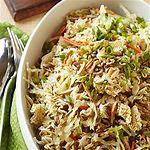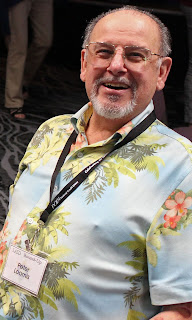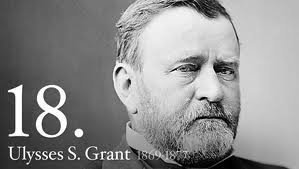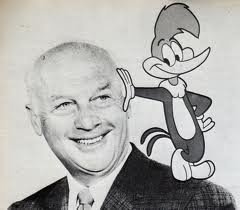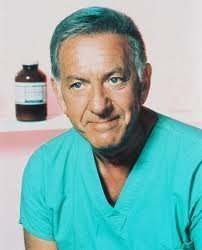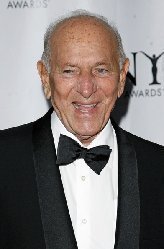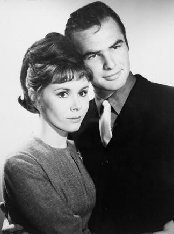The toothbrush moustache is a style of moustache in which the sides are vertical (or nearly vertical) rather than tapered, giving the hairs the appearance of the bristles on a toothbrush that are attached to the nose. It was made famous by such comedians as Charlie Chaplin
and Oliver Hardy. The style first became popular in the United States in the late 19th century; from there it spread to Germany and elsewhere, reaching a height of popularity in the interwar years, before becoming unfashionable after World War II due to its strong association with Nazi leader Adolf Hitler. The association has become strong enough that the toothbrush has also become known as the "Hitler moustache".
In the post-war years, the style was worn by some notable individuals, including several Israeli politicians and American real-estate developer Fred Trump. Since the immediate post-war years, it has also appeared in works of popular culture including films, cartoons, and comedy, as well as political imagery—usually explicitly eliciting the association with Hitler.
19th century to World War II
In the United States
The toothbrush originally became popular in the late 19th century, in the United States. It was a neat, uniform, low-maintenance style that echoed the standardization and uniformity brought on by industrialization, in contrast to the more flamboyant moustaches typical of the 19th century such as the imperial, walrus, handlebar, horseshoe, and pencil moustaches.
English-American film comedian Charlie Chaplin was one of the most famous wearers of the toothbrush style. After wearing a drooping moustache in his first film, Making a Living, he began wearing a prop toothbrush moustache in 1914. In a 1933 interview, Chaplin said he added the moustache to his costume because it had a comical appearance and was small enough so as not to hide his expression. Nazi leader Adolf Hitler was a fan of Chaplin films, but according to cultural historian Ron Rosenbaum, "there is no evidence (though some speculation) that Hitler modeled his 'stache on [Chaplin's]". Chaplin took advantage of the noted similarity between his onscreen appearance and that of Hitler in his 1940 film The Great Dictator, where he wore the moustache in a dual role, one of which parodied Hitler.
Prominent American animation producer Max Fleischer wore a toothbrush moustache c. 1919. Comedian Oliver Hardy also adopted the moustache style—using it at least as early as the 1921 film The Lucky Dog. Although Groucho Marx donned a larger moustache, novelty Groucho glasses (marketed as early as the 1940s) often elicit the toothbrush.
American film producer Walt Disney is sometimes claimed to have worn the style (1920s–1930s), but his facial hair was a more traditional (i.e. notched) moustache limited to the width of the nose.
Clarence D. Martin, the 11th governor of Washington state (1933–1941), donned a toothbrush during his tenure.
If you want to read more, go here: https://en.wikipedia.org/wiki/Toothbrush_moustache
National Prime Rib Day annually recognizes this special meal favorite on April 27th each year. Sometimes known as the “King of Meats,” Prime Rib is a choice cut from one of the eight prime cuts of beef.
A rubbed-on seasoned and then slow-roasted prime rib will give you a deliciously tender, tasty main course. Find many recipes and helpful “how to cook prime rib” guides on the internet for all to use. Some of the most common seasons used include garlic, salt, pepper, rosemary, onion, oregano, and thyme.
Depending on your preference, you might choose to serve your prime rib with fresh vegetables such as asparagus, broccoli, cauliflower, or Brussel sprouts. A variety of potatoes complement prime rib, too. Whether you like mashed, baked, or roasted potatoes, they will pair well with this hearty meal. Add a light salad or pasta dish, too. Don’t forget to serve your favorite wine or beer. Your guests will appreciate it.
Finish off the meal with a fruit-topped dessert. It’s definitely a meal worthy of a celebration!



.jpg)


